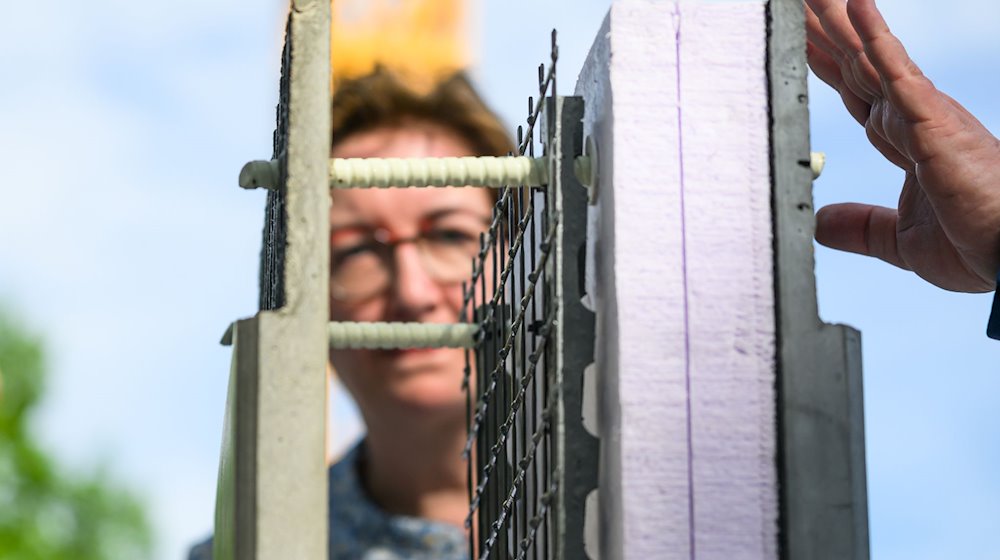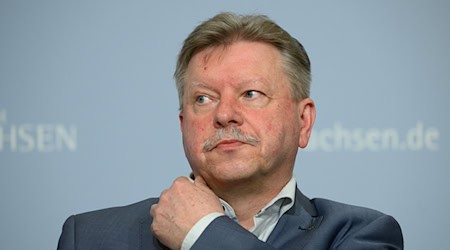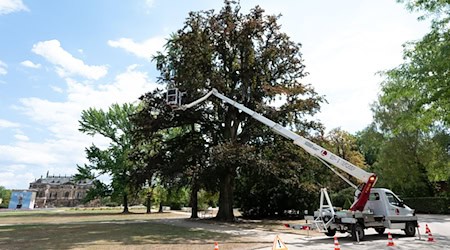The first public building in Germany to use carbon concrete is being built in Dresden. "Carbon concrete makes an important contribution to climate neutrality in the construction industry," said Federal Building Minister Klara Geywitz (SPD) on Monday at the laying of the foundation stone for the sports hall of the 49th elementary school in the Plauen district. Innovative construction methods such as this have "enormous development potential" and are important "in order to build in a more resource-conserving and therefore more environmentally friendly way". During her visit, Geywitz symbolically placed the first carbon concrete wall element for the next construction phase of the sports hall.
According to the ministry, the special feature of the project is the use of carbon concrete as a building material in the above-ground supporting structure of the sports hall. The innovative carbon concrete wall system is being used for the first time in a public building. "Carbon concrete is one of many innovations in mineral construction methods that enable slimmer, CO2-reduced components and even modular construction," said Thomas Zawalski, Managing Director of solid UNIT, a network for climate-neutral construction with mineral building materials. This technology must continue to be promoted in the future.
Carbon concrete contains a reinforcement made of carbon, glass or basalt, according to the press release. It uses rods and mats that have a high load-bearing capacity and do not rust. This construction method is associated with up to 80 percent less material consumption and a CO2 footprint that is reduced by at least 50 percent. The use of cement-reduced concretes or further optimizations in the construction would offer additional savings potential in the future. Work is also underway to obtain carbon from renewable raw materials and the CO2 in the air.
According to Christian Kulas from the C³ - Carbon Concrete Composite association, the use of carbon concrete is becoming increasingly popular. Its use in the load-bearing structure of public buildings such as schools also ensures safety and durability. "Carbon concrete is the ideal solution for sustainable construction."
"This is even more exciting," said Manfred Curbach, Professor of Solid Construction at TU Dresden, to the German Press Agency. In a gymnasium, a large open area has to be spanned and it should have as few supports as possible. This can be achieved with 19 trapezoidal narrow beams and just as many slabs made of prestressed thin carbon concrete. If this succeeds now, such buildings could go into series production.
"Every example is now hopefully a starting point for others when they see that it works," said Curbach, one of the leading minds behind the research. In September 2022, the world's first building made of carbon concrete, the "Cube", was opened on the TU Dresden campus. There is now "a whole range of companies that supply the material or build with it. Carbon concrete can also be used in old buildings, for example to reinforce ceilings without steel - the demand for new components and for reinforcement is increasing.
Copyright 2024, dpa (www.dpa.de). All rights reserved










